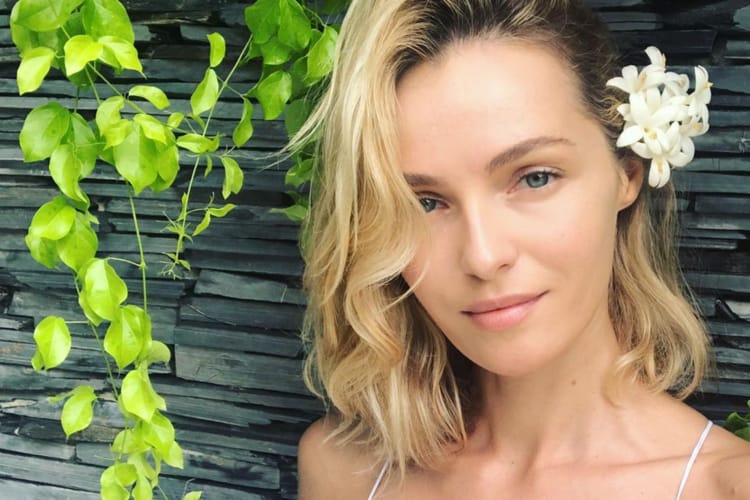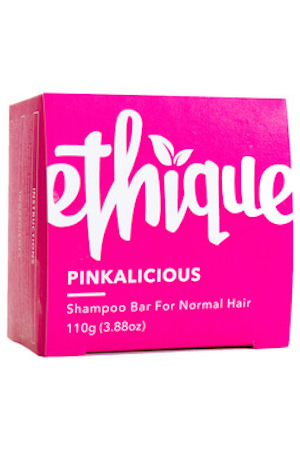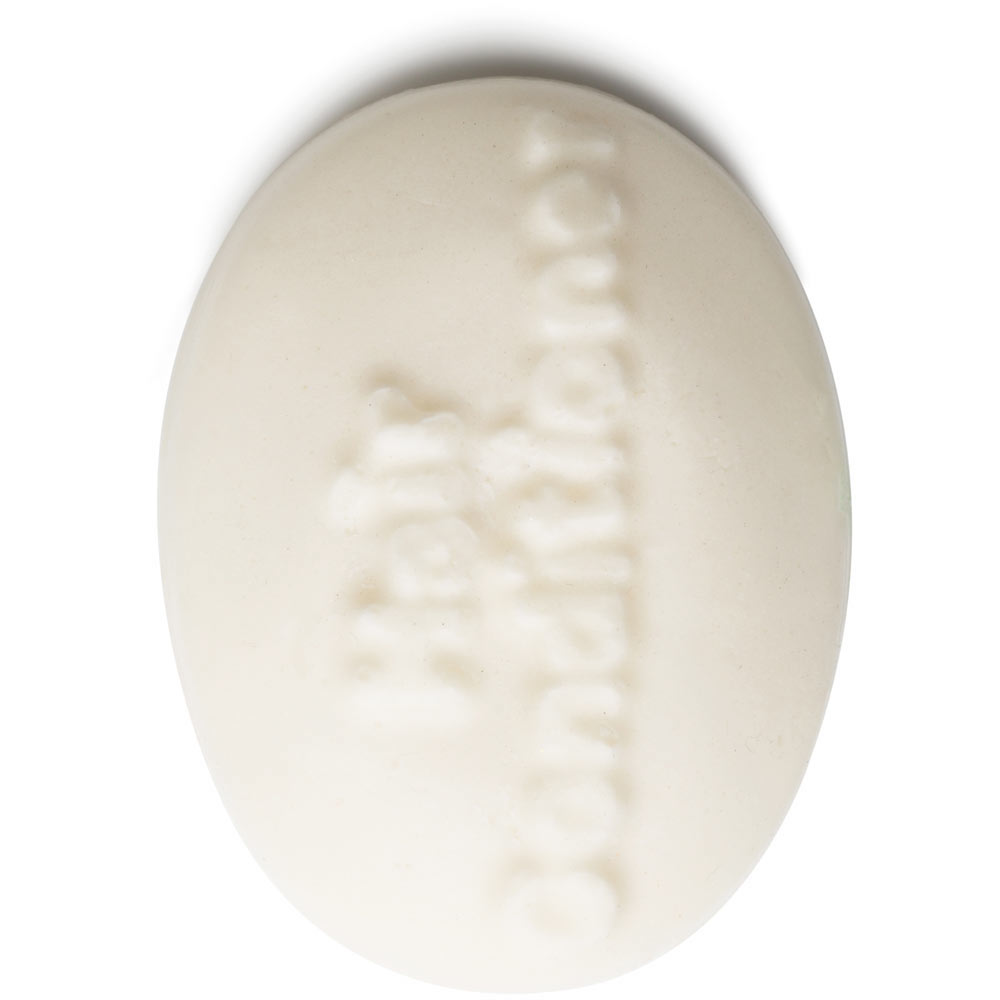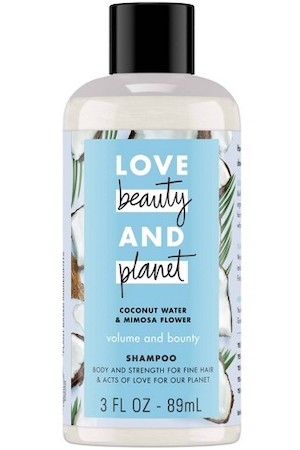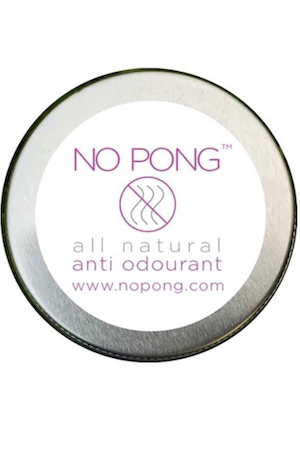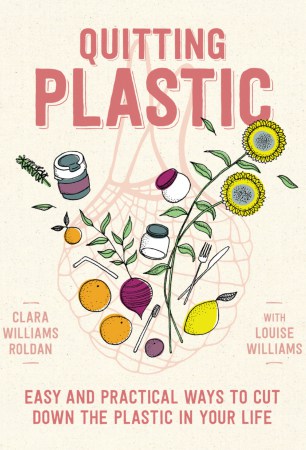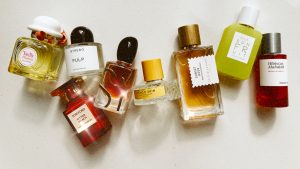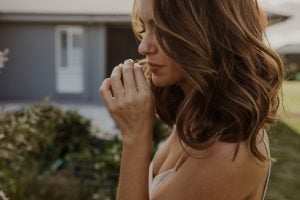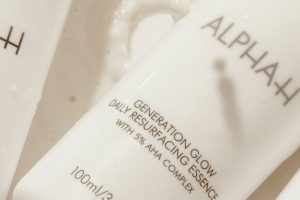HOW I GOT STARTED
At the time there wasn’t much information out there, and even fewer alternative products. So, after extensive research on a now-defunct web forum called ‘long hair journey’, I went with the old favourites: bicarb soda for washing my hair and apple cider vinegar as a conditioner. This combination works for many people, but not for me. And, despite assurances from the internet that the vinegar smell would dissipate, I found myself walking around school smelling like a pickle factory. It was too much for my teenage vanity and after a few months I gave up. The shower again filled up with plastic bottles.
Later, in my late teens and early twenties, I tried again. This time I went with the ‘no poo’ method, spurred on by radio discussions about how great your hair would look if you just stopped washing it with shampoo (or “poo”) and instead rinsed it with clean water. The idea is that our modern cleaning methods strip the hair of natural oils, causing the scalp to compensate by making a whole lot more. By going no poo you restore equilibrium and never have to wash your hair again. Sounds like the dream. But the big challenge for all no poo adherents is the transition period when you look (and smell) a bit like a greasy, wet rat before your locks return to their soft, bouncy natural state. At least that’s what is supposed to happen. I don’t doubt the no poo fans and have great respect for those who succeed. But I remained trapped in the purgatory of dank, greasy locks so abandoned ‘no poo’ too.
That led me back to all those plastic bottles that fill up the shower recess and to worrying about something else. But every minute around the world we buy one million plastic bottles. What is happening to all this plastic? Anyone with an internet connection knows plastic waste in the ocean and the environment is a tragic sight.
Was it possible to have great hair, a minimalist, easy care routine, and to reduce my plastic footprint? Fast forward to 2019 and, fortunately, the answer is yes.
